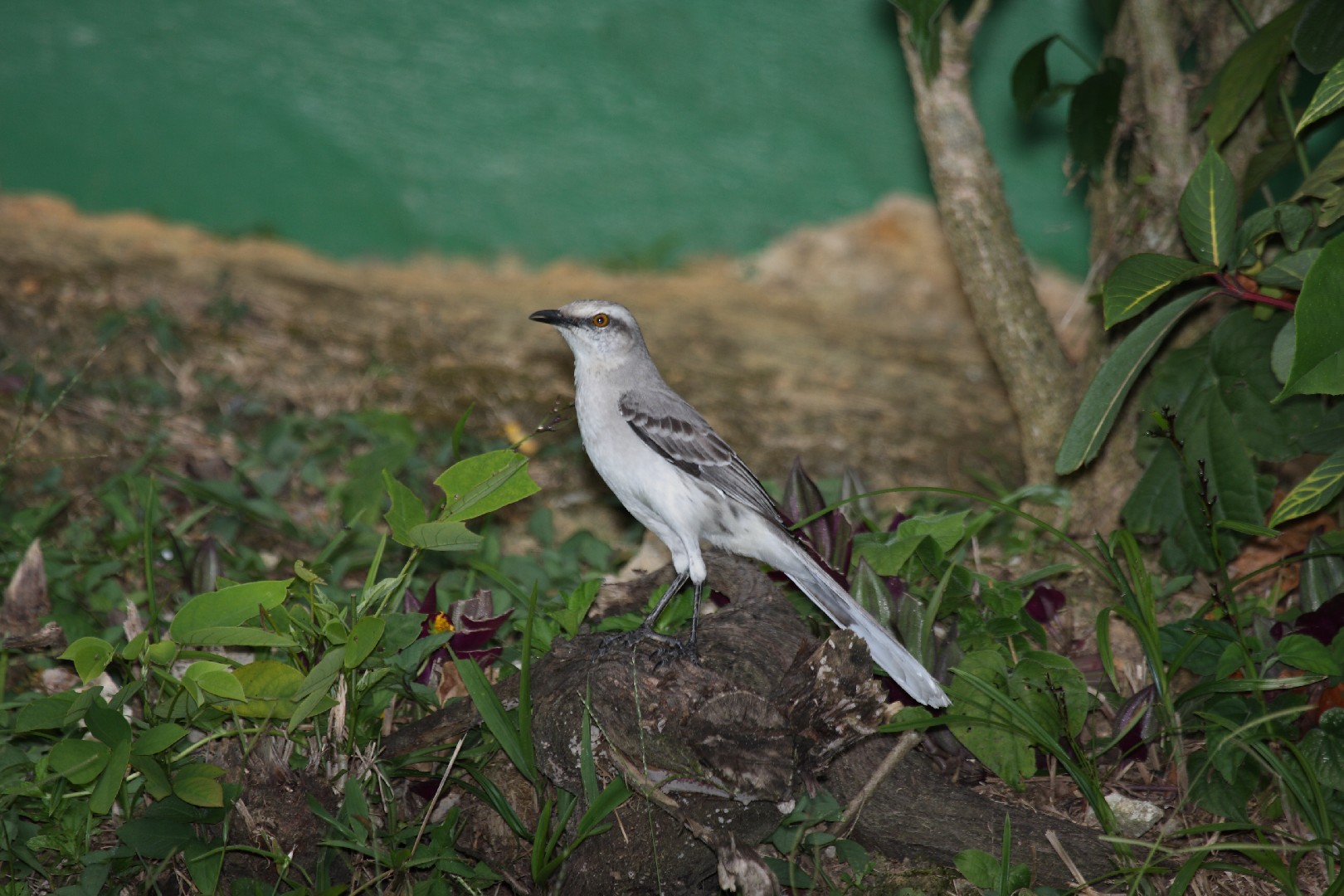Tropical Mockingbird
A species of Typical mockingbirds Scientific name : Mimus gilvus Genus : Typical mockingbirds
Tropical Mockingbird, A species of Typical mockingbirds
Botanical name: Mimus gilvus
Genus: Typical mockingbirds
Content
Description People often ask General Info
 Photo By Dominic Sherony , used under CC-BY-SA-2.0 /Cropped and compressed from original
Photo By Dominic Sherony , used under CC-BY-SA-2.0 /Cropped and compressed from original Description
The tropical Mockingbird is named after its wide range throughout the coastal tropics of Central and South America. These birds are common in their natural habitats and can also regularly be seen sitting on telephone wires. They are very similar to the long-tailed mockingbird (Mimus longicaudatus) in appearance and call, but the two ranges do not overlap.
Size
26 cm
Nest Placement
Shrub
Feeding Habits
Tropical Mockingbird consumes arthropods, fruits, berries, and eggs. It forages on the ground or in low vegetation, showing a preference for diverse omnivorous foods with unique hunting techniques.
Habitat
Tropical Mockingbird primarily inhabits open and disturbed environments such as scrublands, savannas, and coastal scrublands. This species is adaptable and is often found in human-modified landscapes, including parks, farmlands, and suburban gardens. Tropical Mockingbird tends to avoid dense forests and mangroves, favoring lowlands and middle elevations. It is common up to approximately 2500 meters in the northern Andes and Central America, occasionally reaching up to 2600 meters in Colombia and has been recorded at altitudes as high as 3100 meters in northern Ecuador.
Dite type
Omnivorous
People often ask
General Info
Feeding Habits
Bird food type
Bird Feeder Type

Platform
Species Status
Not globally threatened.
Scientific Classification
Phylum
Chordates Class
Birds Order
Perching birds Family
Mimids Genus
Typical mockingbirds Species
Tropical Mockingbird